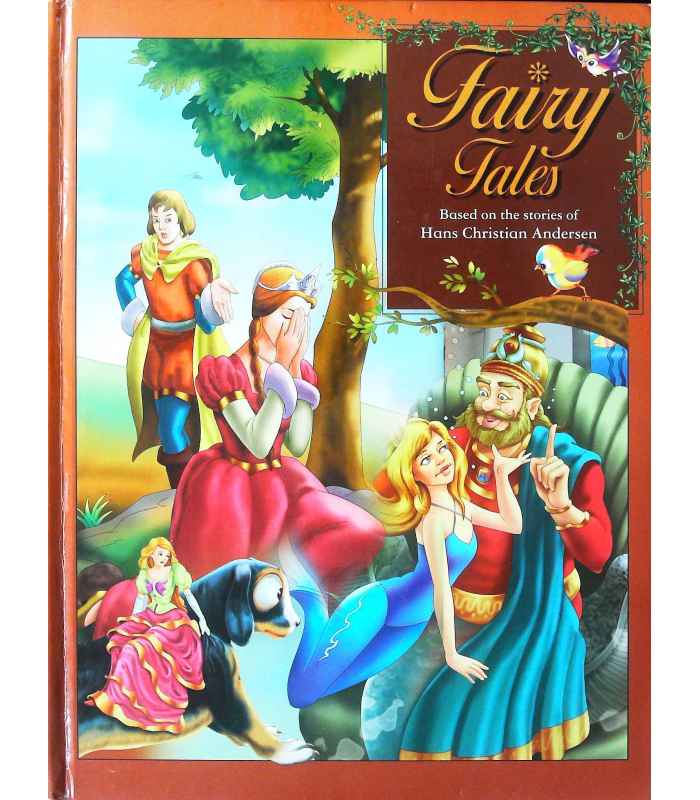
If you are bilingual in Danish and English you might like this. This book is wonderfully written with Danish language translated into English. It’s literary scholarship and cultural study. Not quite a biography though it covers a lot of Andersen’s life. This is a beautiful written piece of literary scholarship. His latest work, Hans Christian Andersen: European Witness, is forthcoming from Yale University Press in April 2014. Martin’s Ride (1990) (a memoir), Eudora Welty: Portrait of a Writer (1994), and a study of the artist in Ibsen (2006).įor more than twenty years, Binding has been involved with the promotion of Scandinavian literature and culture. Other novels have included Kingfisher Weather (1989) My Cousin the Writer (2006), chosen as book of the year by Francis King and deemed a ‘masterpiece’ by the Spectator and, most recently, the critically acclaimed After Brock (2012).īesides his novels, Binding frequently contributes reviews to The Independent, The Times Literary Supplement, and others, and is the author of several non-fiction works, including Lorca: The Gay Imagination (1985), St. His first novel, Harmonica’s Bridegroom (1984), was well reviewed by critics and earned accolades from novelists James Purdy and Brian Moore.

He has been a lecturer at universities in Sweden, Mississippi, and Italy and was a managing editor for Oxford University Press and an editor for the New Statesman. After spending his early childhood in Germany, he returned to be educated in England and studied English Literature at Oxford. 1943) is a novelist, critic, poet and cultural historian. It also pays tribute to Andersen’s enlightened values-values that ensure the continuing appeal of his works. The book sheds new light on Andersen as an intellectual, his rise to international stardom, and his connections with other eminent European writers. He shows that Andersen’s numerous novels, travelogues, autobiographies, and even his fairy tales (notably addressed not to children but to adults) earned a vast audience because they distilled the satisfactions, tensions, hopes, and fears of Europeans as their continent emerged from the Napoleonic Wars. The author considers the entire scope of Andersen’s prose, from his juvenilia to his very last story.

His work stands at the very heart of mainstream European literature. And yet, Paul Binding contends in this incisive book, Andersen cannot be confined to the category of writings for children.

Rarely does an American or European child grow up without an introduction to Hans Christian Andersen’s "The Ugly Duckling," "The Princess and the Pea," or "Thumbelina." Andersen began publishing his fairy tales in 1835, and they brought him almost immediate acclaim among Danish and German readers, followed quickly by the French, Swedes, Swiss, Norwegians, British, and Americans. A new account of the brilliant and prolific Danish writer whose works captivated readers across Europe


 0 kommentar(er)
0 kommentar(er)
